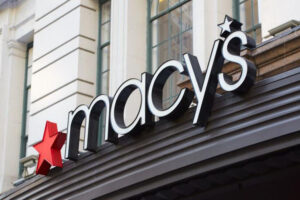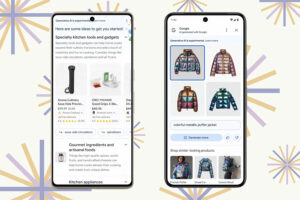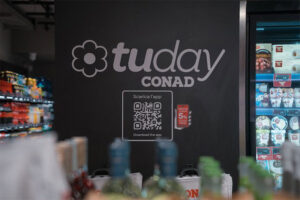How Dunkin’ Donuts turns to voice to boost mobile orders
Dunkin’ Donuts is betting big on voice ordering.
As of March 14, people can order Dunkin’ Donuts or reorder recent items on their iPhones or Androids using their voice through the Google Assistant.
Dunkin’ Donuts started its mobile ordering push in March 2017, working with traffic navigation app Waze to give users the ability to order from the Waze app. In December, Dunkin’ Donuts made mobile ordering available in General Motors’ new line of cars, allowing drivers to use GM’s app Marketplace, located in the car dashboard, to purchase from Dunkin’ Donuts.
Mobile orders accounted for only 3 percent of Dunkin’ Donuts’ total transactions at the end of 2017, according to the company. It wouldn’t disclose the total number of mobile orders it has received since it launched mobile orders. Google Assistant has 400 million users, so the new Google partnership provides the scale that the company is looking for, said Sherrill Kaplan, vp of digital marketing and innovation at Dunkin’ Donuts.
“Our mobile ordering platform is not that old, but we realize that not everyone is going to download the mobile app and use it every day,” Kaplan said.
Scale isn’t the only barrier to increasing mobile orders: Consumers have to be members of Dunkin’ Donuts’ loyalty program, DD Perks, to place mobile orders. To enroll, consumers have to download the Dunkin’ mobile app, or visit the rewards website and provide information including their name, email and ZIP code. Like all loyalty programs, DD Perks allows the company to gather data, but enrollment is another step consumers must take before being able to place an order. While 8 million people have signed up for the program since it was introduced in 2014, that’s small compared to the 3 million people the company says it serves every day.
DD Perks comes with its own hurdles. To earn points, members must load money directly onto a Dunkin’ Donuts rewards card and spend against the balance on the card, leaving consumers only one payment option. Kaplan said Dunkin’ Donuts is testing ways to let people pay any way they want, which would make participation in the loyalty program more convenient and easier, said Kaplan.
Mobile ordering plays into Dunkin’ Donuts’ overall goal of reducing how long a customer spends in-store, said Kaplan. Mobile ordering is convenient, she said, and helps stores be more cost-efficient. Mobile ordering saves about 30 percent of the time it takes to make a normal in-store transaction, allowing franchises to save on employee costs, Kaplan added.
Dunkin’ Donuts is also experimenting with a new concept store that encourages mobile ordering ahead of time. In January, the company built a store in Quincy, Massachusetts, that has digital kiosks, a specified mobile pickup area and a designated drive-thru for people that ordered ahead through the app. Kaplan said it plans to open 30 different versions of this store across the U.S. to test the concept.
Despite the low adoption of mobile ordering, there are encouraging results from it so far. For instance, at Dunkin’ Donuts’ high-volume urban locations, mobile ordering has caught on faster. The company said 20 percent of all transactions at these locations are coming through mobile. The service also has a high retention rate among those using it, with more than 70 percent of DD Perks members who try mobile ordering sticking with it, according to Dunkin’ Donuts.
https://www.techfreaked.com/how-dunkin-donuts-turns-to-voice-to-boost-mobile-orders/




